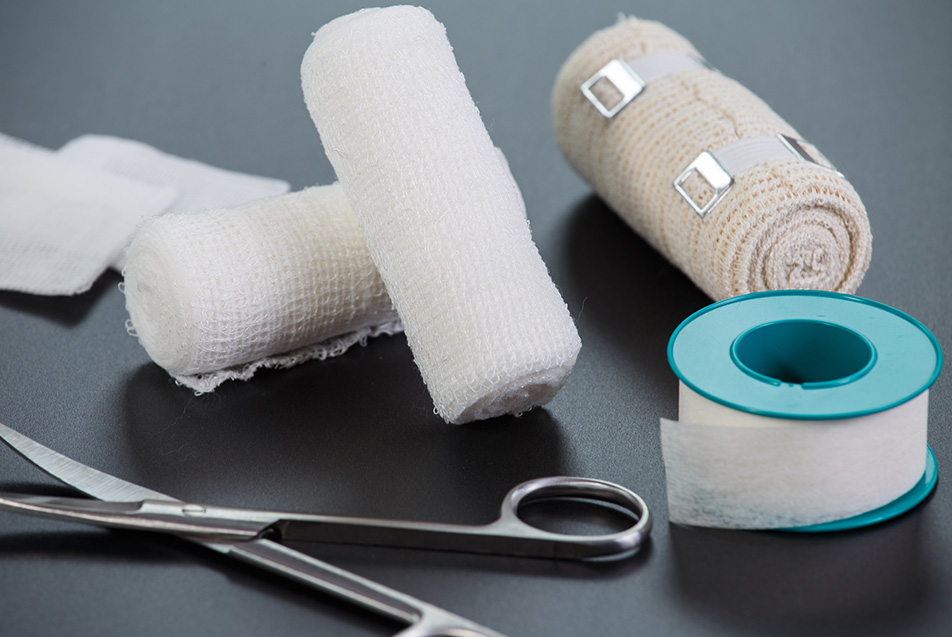
Lauren Quandt, MSN-RN, CEN, TCRN, injury prevention and pediatric coordinator, Trauma Services, Parkview Regional Medical Center, tells us more about an important imitative for saving lives.
Stop the Bleed was started by the American College of Surgeons, through the Hartford Consensus, after several mass casualty events where multiple lives could have been saved through bleeding control techniques. The program "continues to empower the general public to make a difference in a life-threatening emergency by teaching them the basic techniques of bleeding control."
May is National Stop the Bleed Month and May 23 is National Stop the Bleed Day. By taking a bleeding control course, you can learn how to stop major bleeding in three simple ways:
- Direct pressure
- Wound packing
- Tourniquet application
The following instruction from the American College of Surgeons and The Committee on Trauma, is a great place to start.
Direct pressure
If you don’t have a trauma first aid kit:
- Apply direct pressure on the wound
- Cover the wound with a clean cloth and apply pressure by pushing directly on it with both hands
If you do have a trauma first aid kit:
- For life-threatening bleeding from an arm or leg and a tourniquet is available: Apply the tourniquet.
- For life-threatening bleeding from an arm or leg and a tourniquet is not available or for bleeding from the neck, shoulder or groin: Pack (stuff) the wound with a bleeding control (also called a hemostatic) gauze, plain gauze, or a clean cloth and then apply pressure with both hands.
- Apply continuous pressure with both hands directly on top of the bleeding wound.
- Push down as hard as you can.
- Hold pressure to stop bleeding.
- Continue pressure until relieved by medical responders.
Wound packing
For life-threatening bleeding from an arm or leg and a tourniquet is not available or for life-threatening bleeding from the neck, shoulder or groin:
- Pack (stuff) the wound with bleeding control gauze (also called hemostatic gauze), plain gauze, or a clean cloth and then apply pressure with both hands.
Tourniquet application
Parkview provides Stop the Bleed training for free. We have provided training at multiple elementary and high schools, as well as churches, health fairs and administrative leaders. Anyone can request a Stop the Bleed class.
To schedule the class, contact:
Lisa Hollister, MSN, RN, LSSBB
Director, Trauma and Acute Care Surgery
lisa.hollister@parkview.com
Lauren Quandt, MSN-RN, CEN, TCRN
Pediatric Trauma Coordinator and Injury Prevention
lauren.quandt@parkview.com
Learn more at bleedingcontrol.org.



